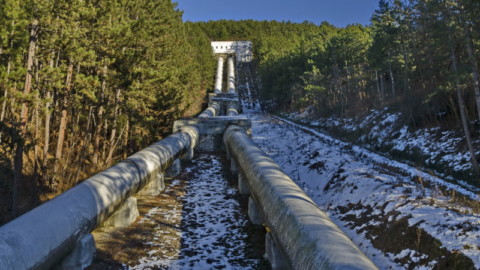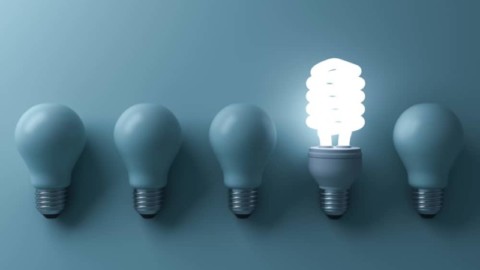The Queensland Government has announced that the state is well on track to achieve its 2030 target of 50 per cent renewable energy, with more than 25 percent of its energy supply already powered by renewables.
With the implementation of the Queensland Energy and Jobs Plan in full swing, it’s expected Queensland will connect a further 682MW of new clean generation before Christmas 2023.
The increase in renewable energy uptake, thanks to large scale investment and global partnerships, has meant Queensland’s renewable energy supply has increased by more than 20 per cent in just one year, and by more than 250 per cent in eight years.
Renewable energy targets of 50 per cent by 2030, 70 per cent by 2032 and 80 per cent by 2035 will be legislated as part of the Queensland Energy and Jobs Plan to ensure all Queenslanders have access to cleaner, more reliable and more affordable power for generations.
Renewable energy efforts across the state include:
- The Queensland Budget allocates a capital investment of $19 billion over four years to deliver on the Queensland Energy and Jobs Plan
- In 2023-24, the state’s six publicly owned energy entities are making a capital commitment of almost $5.5 billion
- Queensland now has 52 large scale projects and has introduced more than 6GW of renewable energy since 2015
- The Energy and Jobs Plan includes two deep pumped hydro energy storage projects – 5GW Pioneer-Burdekin west of Mackay and 2GW Lake Borumba, west of the Sunshine Coast (noting other smaller scale battery and hydropower initiates are in construction or in planning stages)
- The state is set to build the Queensland SuperGrid, the nation’s largest energy network, to transport affordable renewable power right across the state to businesses and households
- Queensland’s clean energy industrial revolution is expected to create about 100,000 jobs in building the SuperGrid and in new green growth opportunities
- 12 targeted Renewable Energy Zones will generate power and jobs and turbo-charge the regions
- Queensland will build and own the Copperstring 2032 transmission line, estimated to unlock more than $500 billion in critical minerals, and deliver jobs in manufacturing, minerals processing and new hydrogen ventures
- The $4.5 billion Queensland Renewable Energy and Hydrogen Jobs Fund empowers publicly owned energy corporations to partner with industry to accelerate the clean energy transition
- Dozens of network connected and community batteries are already being rolled out to support Queensland’s world-leading rooftop solar uptake
Queensland Minister for Energy, Renewables and Hydrogen, Mick de Brenni, said that Queensland remains on track to reach its 2030 renewable energy and emissions reductions target thanks to partnerships with investors and landholders.
“Once renewables dominate the wholesale electricity market, we will see long term reductions in wholesale power prices, with the CSIROs most recent GenCost Report reaffirming that renewables are the cheapest form of energy,” Mr de Brenni said.
“But we can only do this by transitioning away from coal and gas generation, which continues to set the wholesale electricity market and drive electricity prices up for Queenslanders.
“We know Queenslanders are working hard to increase renewable energy uptake in the Sunshine State, with more than 800 thousand rooftops now fitted with solar.
“We will see further opportunity for local businesses, and a significant economic uplift for regional and rural communities as we continue towards our targets and enshrine the Queensland Energy and Jobs Plan in law.
“Queensland’s mighty sun and wind, combined with our majority public ownership, means we remain in prime position to meet our renewable energy targets.”
Featured image: Minister Mick de Brenni and Queensland Premier Annastacia Palaszczuk. Image credit: The Queensland Government.

















If this is true then why is it that the daily NEM power generation is basically still the same?